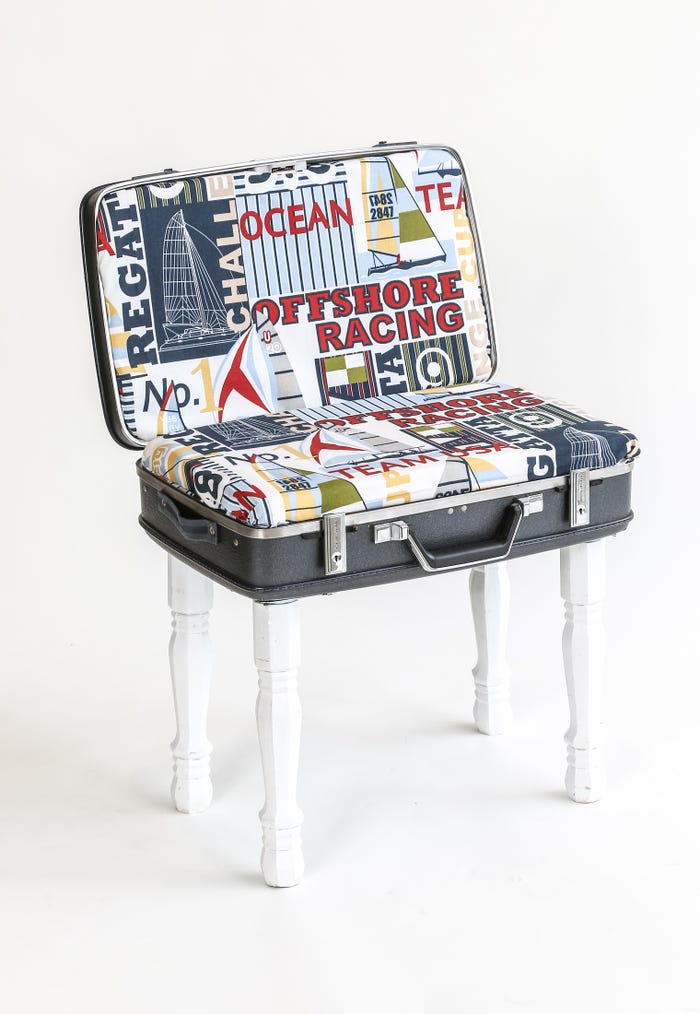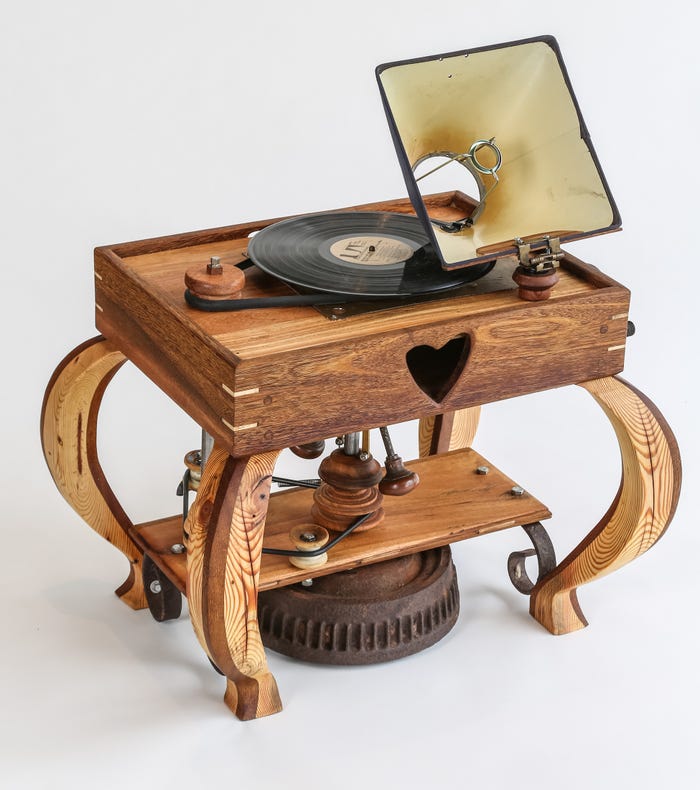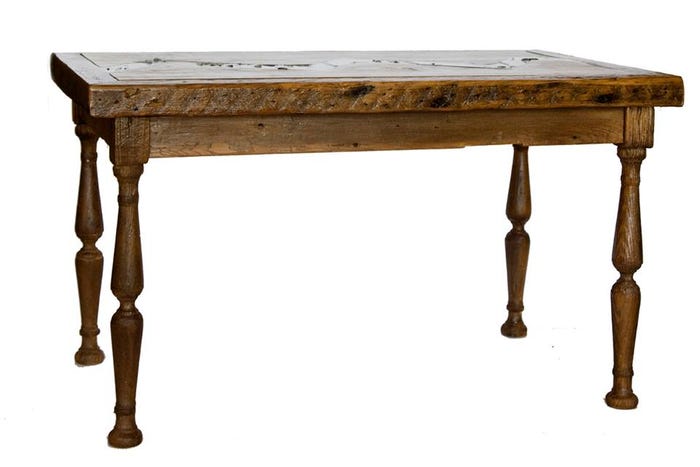Salvations Design Competition Turns Trash into Furniture
The competition is hosted by nonprofit The Green Project and invites artists and designers to create furniture, lighting and functional art using salvaged materials.

For nonprofit The Green Project’s Salvations Design Competition, artists and designers create furniture, lighting and functional art using salvaged materials. The event includes a gala and auction, with proceeds supporting the nonprofit organization.
“At The Green Project, the bulk of our mission is to develop a culture of creative reuse,” says Hailey Allison, communications coordinator with The Green Project, who notes that the event ties into the mission by encouraging people to understand that one person’s trash can be valuable to another person.
Returning after a three-year hiatus, this is the ninth annual event. Participants from Louisiana and the Gulf Coast are eligible to enter. The three-step competition process includes an application (due September 30, 2018), the design submission and judging by a local panel. At least 90 percent of the finished design must be made with reclaimed materials. Submissions will be judged on craftsmanship, use of salvaged materials, function, design innovation and overall aesthetic and proportions. The competition’s Best in Show winner receives $1,000.

Participants can pick up supplies from The Green Project’s architectural salvage store and even grab selections of recycled paint. The organization is the only paint recycling center in the Gulf South. It collects usable latex paint, combines it to create new colors and sells that into the community at a low cost, says Allison. Artists also salvage materials from dumpster diving, capturing driftwood or collecting materials from home renovation projects, to name a few sources.
In addition to being a creative fundraiser, Salvations Design Competition is an educational event for the community. “In New Orleans, the whole green revolution has been slow to catch on. This is another creative way to show people how you can use green materials,” says Nomita Joshi-Gupta, The Green Project board member and owner of Spruce, a New Orleans-based wallpaper, fabric and design shop.
“It is just a way of educating people to be able to reuse these high-quality materials that we used in the past,” says Joshi-Gupta, who notes that when Hurricane Katrina necessitated rebuilding the city, especially its many historic homes, that a shift toward reuse started to happen. “I think that as horrible as [Hurricane] Katrina was, all of us who lived through it, when we came out of it, had this unique feeling that we have to do something, and we have to start back up right. It has to be done in the correct way.”

With the design competition, The Green Project has added to the conversation around responsible reuse. “The goal is to not only have this fundraiser for The Green Project but also to uplift the artists and designers who are using salvaged materials because that is beneficial for everyone—keeping usable materials out of the landfill, showing others that they are beautiful and usable and really amazing, unique pieces,” says Allison.
In 2015, Vivian Cahn, an interior designer, took home the Rookie of the Year award. One of her submissions was a wooden zigzag table. “I like inverting things and making them so that they are not exactly as expected,” says Cahn.
She and her carpenter went to The Green Project to hunt for materials. The table was constructed from stair stringers and gravel scooped up from piles outside The Green Project store. The 100 percent-recycled table even used recycled nails.

Cahn entered four pieces (tables and a chair) made from recycled tiles and other materials into the competition. “You can take anything and make something fun, functional and interesting,” says Cahn. She already has her design ideas ready for this year’s competition.
As the organizers note, the competition offers great educational and outreach opportunities. “I think it’s like throwing a stone in the water, you keep getting ripples from it,” says Cahn.
Cahn believes this type of competition could be a hit in other cities. “This is something every city should do. Any artisan or craftsperson or designer would love to do this,” says Cahn. “It teaches people about reusing, which is even more important than recycling. I hope that this will catch on in every city.”
About the Author
You May Also Like


.png?width=300&auto=webp&quality=80&disable=upscale)